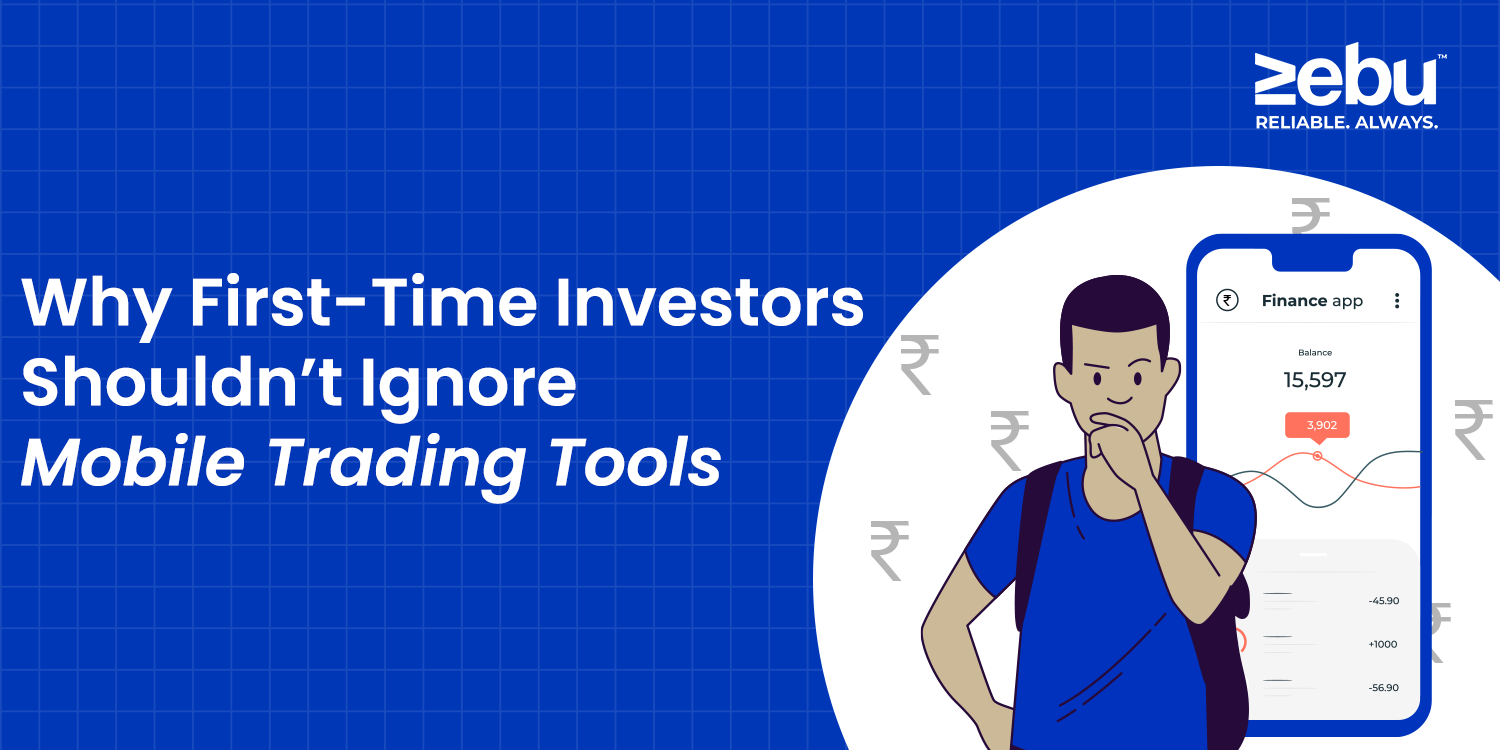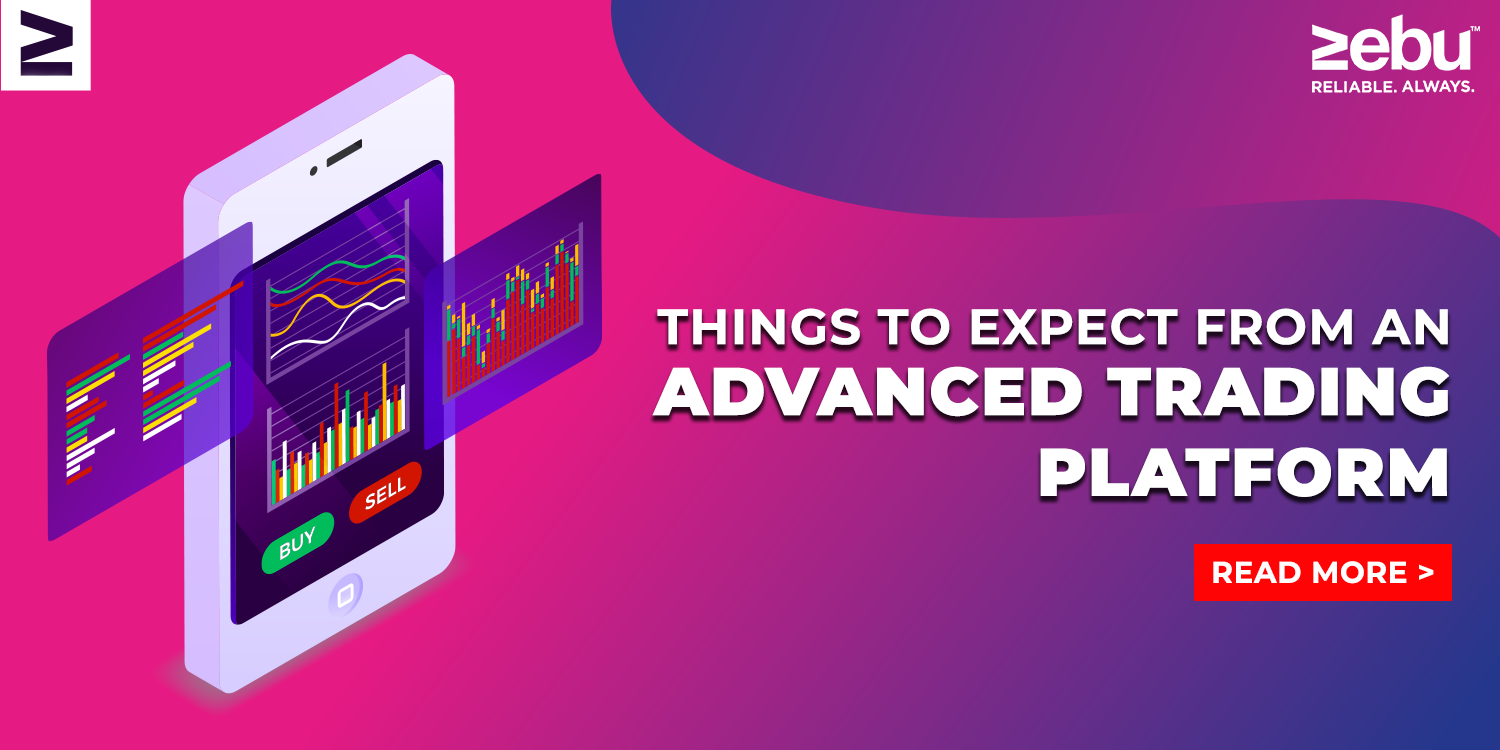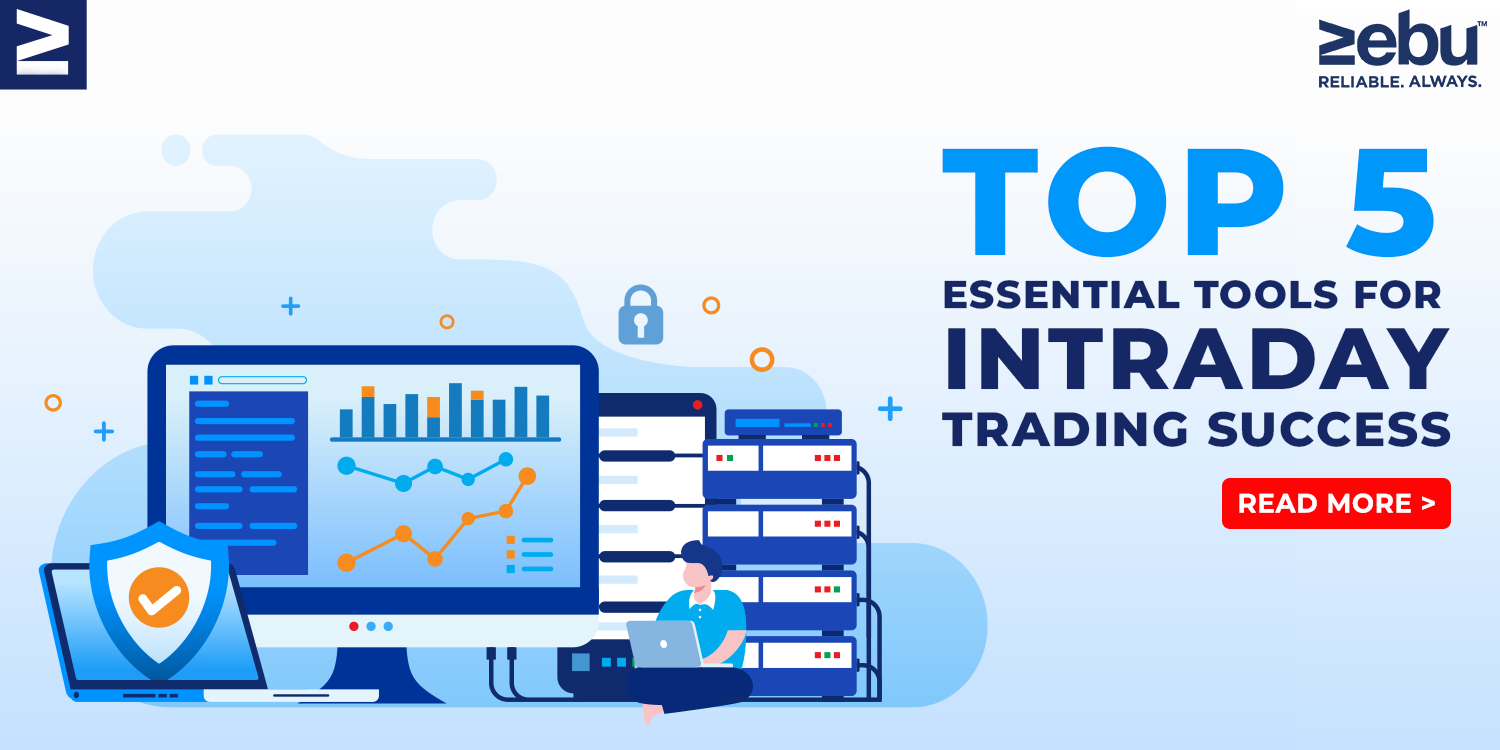
There’s a kind of hesitation that’s easy to spot among new investors. You see it in the way they approach their first market move—not impulsively, but cautiously. Not unsure of the idea of investing, but unsure of the terrain. And more often than not, that terrain is a screen: small, portable, always in their hand—and yet oddly unfamiliar when it comes to trading. This is where mobile trading tools come in. Not just as a convenience, but as a context-shaper. The very act of buying your first stock—or checking the price of one—feels different when you’re doing it on your phone. And for first-time investors in India, particularly those outside the metros, that difference matters.
From Wallet to Wealth App: A Familiar Transition
Most of us are already using mobile apps for far more complex things than we realize. We transfer money, scan QR codes to pay auto drivers, order mutual funds through payment wallets, and check interest rates on savings accounts—often without giving it a second thought. Yet, when it comes to stock investing, there’s a strange mental hurdle. Trading still carries the aura of something technical—best left to people with bigger monitors and faster Wi-Fi. That’s not entirely unfounded. But it’s also increasingly outdated.
Today’s mobile trading platforms, especially those like Zebu’s, are built for more than just accessibility. They’re built for a different kind of user behavior—one that doesn’t wait for “market hours” to get interested, and doesn’t necessarily track Nifty movements on cable news.
You’re Not Trading Like Your Uncle Did
There’s a generational shift happening. It’s not about risk appetite—it’s about autonomy. Most first-time investors aren’t looking for tips or guarantees. They’re looking for frictionless ways to explore. They want to look up a company, check a 1-year chart, place a small order, and maybe even set a price alert—all without asking anyone how. Mobile trading tools do more than simplify. They flatten the learning curve. The interface becomes the educator. You don’t have to know what a market order is before you try it—you just have to know what you’re trying to do, and the platform walks you through it.
It’s a subtle kind of confidence-building. You learn by doing—not by filling out forms or reading PDFs.
Trading From Small Cities, Not Small Screens
The shift to mobile is also a shift in geography. A significant portion of new demat accounts today are not being opened in Mumbai or Bengaluru. They’re being opened in places like Guntur, Aligarh, and Thrissur. These aren’t regions historically known for high-volume equity traders. But what they have is digital access, often through affordable smartphones, and the willingness to test a new form of investing—one that doesn’t need legacy relationships or insider knowledge.
Platforms like Zebu are seeing this firsthand. The demand isn’t for high-leverage features or complex option chains. It’s for stability. Simplicity. Clear language. And tools that don’t crash at 9:15 a.m.
A Quiet Discipline
There’s a myth that first-time investors are impulsive. That they need to be protected from their own enthusiasm. But look at the data, and you’ll find a different story. Most new users on mobile trading apps aren’t placing dozens of orders. They’re placing one or two. They’re tracking performance over weeks, not minutes. And they’re far more interested in how their holdings are visualized than in how fast an order can be squared off. That’s not naivety. It’s self-guided learning. Mobile trading tools support this kind of investor by being quietly responsive. You don’t need to open a new screen to see your P&L. You don’t need to scroll through jargon to understand what’s going on. It’s less about flashy dashboards and more about thoughtful defaults.
What the App Does—and Doesn’t Do—for You
To be clear, mobile trading isn’t magic. It won’t protect you from volatility. It won’t explain a poor earnings report or warn you if you’re chasing momentum.
But what it does do—and this is no small thing—is keep the market within reach. It demystifies market participation, not by overeducating, but by under complicating. For first-time investors, that can be the difference between staying in and giving up. The experience of investing doesn’t need to be perfect. But it does need to feel like it belongs to you. Mobile tools help build that feeling, not through features alone, but through familiarity.
Not All Platforms Are Equal—And That’s Okay
There’s room in the ecosystem for multiple types of platforms. Some cater to derivatives traders. Some are research-heavy. Others are minimalist. Zebu’s mobile offering is grounded in a different sensibility. It’s not trying to be all things to all traders. It’s designed for clarity over clutter, support over stimulation. This is particularly useful for investors who don’t come from finance backgrounds. They might be running small businesses, studying in college, or working in entirely different sectors. Their interest in the markets isn’t casual—but it’s not obsessive either. They want tools that adapt to their rhythm, not the other way around.
The Real Function of Mobile Tools? Keeping You Curious
There’s a kind of fatigue that often sets in for new investors after their first few months. The initial enthusiasm tapers off. Market volatility can be discouraging. Notifications become white noise.
Mobile trading tools play a quiet but critical role here. They can re-engage without overwhelming. A well-timed alert. A visual nudge. A smoother login. These aren’t just UX details. They’re engagement strategies, whether or not they’re labeled as such. And they matter—especially for the investor who hasn’t yet built the habit of checking markets regularly.
It’s Not About ‘Apps’—It’s About Autonomy
In the end, the real story isn’t mobile vs. desktop. It’s autonomy vs. dependency.
The investor who can act independently, even if modestly, is far more likely to keep learning than the one who feels out of place. And mobile tools are quietly shifting that balance—giving new investors a path to navigate markets at their own pace, on their own time. For platforms like Zebu, the goal isn’t just to capture attention. It’s to build comfort. That kind of comfort is rarely loud. It shows up in the fact that someone keeps checking in—not because they have to, but because the door feels open.
Disclaimer
This blog is for informational purposes only and does not constitute investment advice or recommendations. Zebu does not guarantee any returns or specific outcomes. Please consult a qualified financial advisor before making investment decisions. Individual experiences and market conditions vary. Always use trading tools with awareness of associated risks.
FAQs
- Can I start trading in mobile?
Yes, you can start trading on mobile easily with a Demat account and a reliable trading app—no need for a desktop setup.
- Are mobile trading apps safe for beginners in India?
Most mobile trading apps are safe if they are registered with SEBI and follow regulatory guidelines. Stick to trusted platforms.
- What mistakes should I avoid as a mobile-first investor?
Avoid overtrading, chasing tips, and making impulsive decisions—mobile convenience can tempt you into emotional trades.
- What is the minimum amount needed to start trading on mobile?
You can start with as little as a few thousand rupees, depending on the broker and the stocks you choose.
- Why should beginners consider using mobile trading tools?
Mobile trading tools let beginners track markets, place trades quickly, and learn investing on the go, making trading accessible and convenient.

